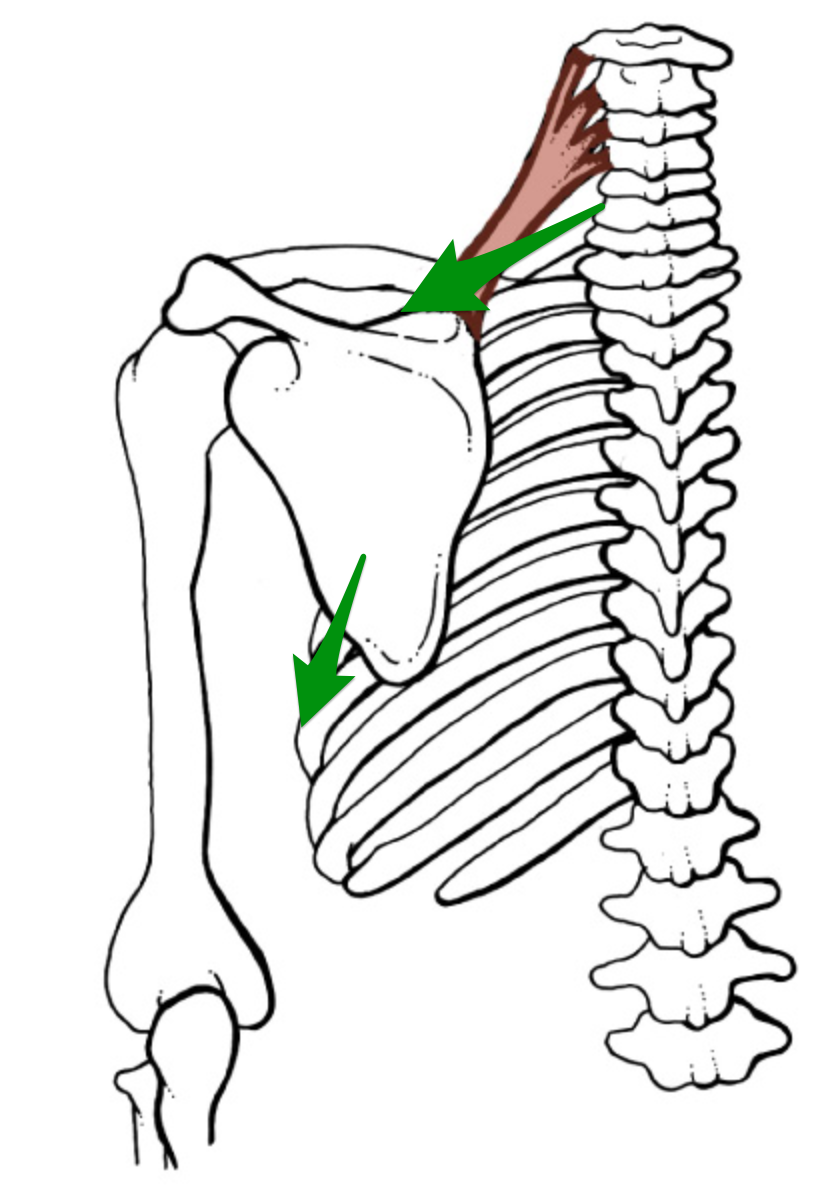You are here
Everyone Seriously Needs to Stop Sitting on Their Elbow
The scenario is usually this: a right-handed patient comes in with mostly left-sided neck and shoulder pain. Sometimes the pain radiates into their left arm. I ask them, "Do you lean often on your armrest or desk when you work or read?" Sometimes the patient knows they do already; sometimes they have to wait to answer until they've had a chance to "catch themselves" doing it.
So I instruct the patient to monitor their work posture at their next opportunity. They come to realize that they do in fact lean on their elbow a lot, usually the side opposite to the hand they use to control a computer mouse or trackpad.
My next instruction to the patient is to implement the following procedure for their next full hour of solo work time (i.e. when they're not in Zoom meetings etc.). The patient sets a repeating 10-minute timer on their smartphone. After ten minutes, when the timer goes off, the patient will likely find their weight planted on one elbow, as is their habit. They must immediately shift to sitting more symmetrically, taking their body weight off that elbow. They reset the timer for the next 10 minutes, and repeat for the full hour. So they receive 6 reminders that hour, as they begin cultivating a modified work posture. The next work day, they'll do the same for another hour of work.
Over time, the patient usually starts to notice more quickly when they assume that asymmetrical, overloaded posture, and also corrects it more readily. They report their progress at the next follow-up visit, adding that 1) they never noticed before now that they'd been sitting like that, and 2) they never expected how much of a difference the (repeated) self-correction made in alleviating their neck and shoulder pain – completely aside from whatever hands-on or exercise treatment I might have included.
So how does it work? Why is that posture so problematic? Here is how I tend to explain it: when you lean your elbow on the armrest of your chair, or your desk, in essence you are trying to hold yourself upright using that arm. This requires that the muscles about your scapula, or shoulder blade, fix (i.e. hold steady) the scapula firmly against the back of your ribcage (see the lower green arrow in the diagram). (If you are especially familiar with functional anatomy, consider the lower slips of the serratus anterior, for example.) Otherwise, your arm would simply get pushed up toward your neck, as your trunk collapsed toward the chair arm.
To put it a little differently, those muscles are steadily applying traction to move your shoulder and arm down _away_ from your neck. Unfortunately, over time this can over-stretch the muscles on that side of the neck and upper shoulder (see upper green arrow). The resulting pain is, in large part, the sensation of muscles, tendons, ligaments and nerve fibers being forced to stretch beyond their healthy limit, on a daily basis, often for several hours per day. No wonder it hurts.
To make it more complicated, this habit of pushing the shoulder blade downward seems to get ingrained. In patients with whom I've confirmed this history, I often notice that they can readily press that shoulder downward (toward their hip), but have difficulty shrugging that shoulder up toward their neck (especially if asked to retract it toward their spine at the same time). That is, the neuromuscular habit persists when out of context. This is such a consistent feature of this problem that at the initial evaluation – before I even ask about sitting habits – if I press gently on the outer edge of the scapula and feel that muscular push-back against my hand, I know what my next question is going to be.
The upshot is that the patient may need help retraining their shoulder muscles to adopt more neutral postures (neither pressed down nor shrugged) to fully resolve the issue. Usually, with targeted exercises, and sometimes with my hands-on therapies as well, the problem largely improves within a few weeks. But that's only if the patient has learned that the elbow is not for sitting on, and pretty much eliminated that habit.


